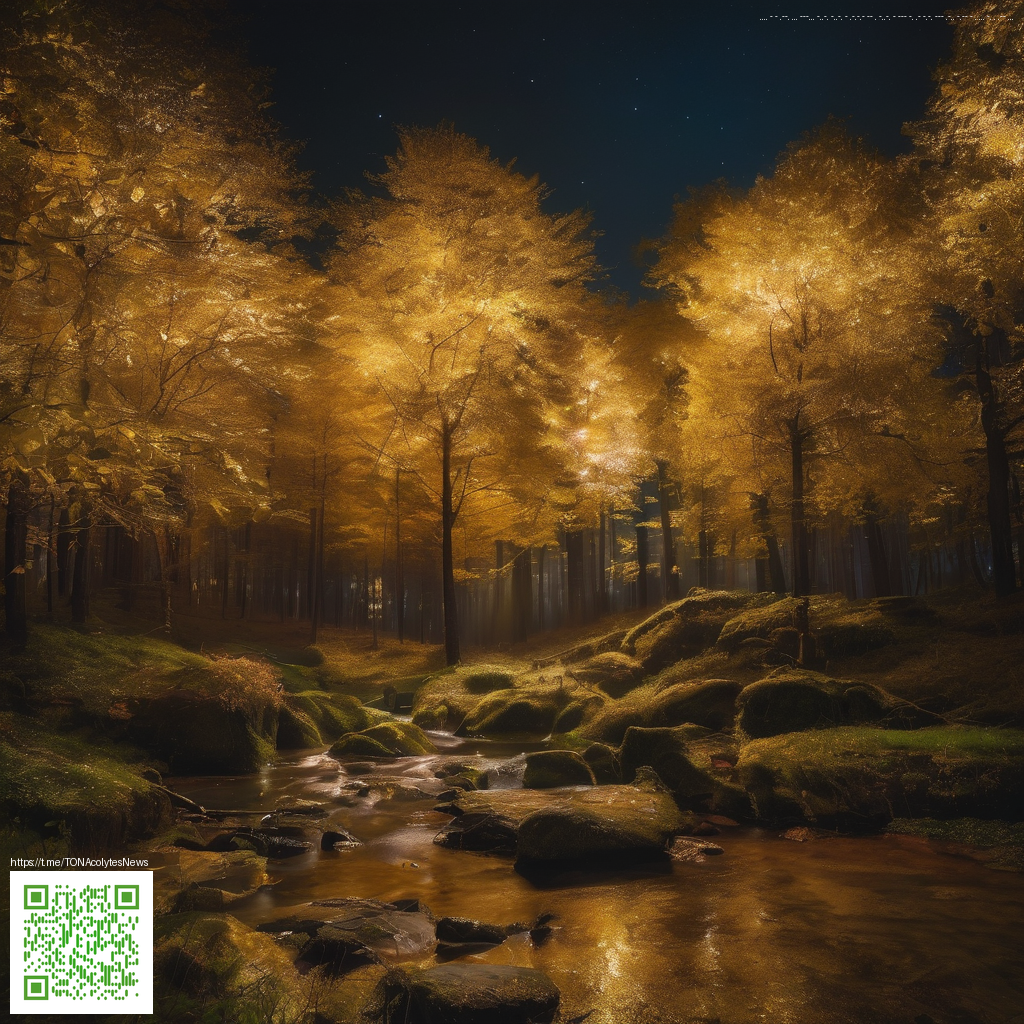
Shaped by Light: Elevating Flat Digital Textures with Shadow and Light
Flat textures are a common sight in digital art, game interfaces, and product mockups. They can feel lifeless if depth isn’t suggested through shadows and highlights. By treating light as a storyteller—casting deliberate shadows, creating subtle gradients, and adding a touch of rim light—you can transform a plain surface into something tactile and believable. The goal isn’t to bake in darkness, but to choreograph a subtle dance between shadow and light that guides the eye and hints at material properties.
Understanding the visual language of depth
Depth is not a texture’s inherent property; it’s an illusion created by the way light interacts with surfaces. When you observe a flat card, a metal edge, or a matte plastic panel, you notice where the light is strongest, where it wraps, and where it sinks into corners. Those cues signal curvature and texture, even if the geometry remains flat. Practically, you’re looking to define three things: the ambient tone of the surface, the specular highlights that reflect light sources, and the soft shadows that anchor form.
- Ambient shading: a gentle, overall falloff that prevents the surface from feeling two-dimensional.
- Specular highlights: crisp reflections that reveal material quality (gloss, plastic, metal).
- Shadow falloff: softer shadows around edges and in creases to imply curvature.
- Rim light: a subtle edge glow that separates the silhouette from the background.
“The most convincing textures borrow light thoughtfully; they don’t overpower the surface but coax your eye to perceive depth.”
For artists and designers, these principles translate into practical steps you can apply in your preferred workflow. Whether you’re retouching a 2D texture or composing a scene in a 3D program, a mindful approach to light can elevate the entire composition.
Techniques you can apply to flat textures
Start with a plan for where your highlights will live. A strong, controlled light source helps you map reflections on edges and raised details. Then:
- Mask depth with gradient maps: use gradients to simulate a smooth depth transition from light to dark across the surface.
- Layer soft shadows: create multiple shadow layers at low opacity to build a realistic, breathable depth without heavy contrast.
- Add subtle ambient occlusion: tuck shadows into corners where two planes meet for a grounded feel.
- Apply rim lighting sparingly: a narrow highlight along the outer edge can separate the subject from the background without looking artificial.
If you’re seeking a tangible reference while experimenting, consider using a real-world prop—like a MagSafe phone case with card holder—for your lighting tests. The product page offers a compact example of polycarbonate finishes (matte or gloss) that respond differently to light, helping you study specular behavior and shadow transitions. Magsafe phone case with card holder provides a compact, relatable surface to observe how material qualities influence light and shadow in practice.
As you refine your technique, you can also explore further insights on this topic by visiting the dedicated page that hosts this guide: Area-53 reader page. It’s a useful companion for thinking through how composition and lighting choices interplay with texture fidelity.
A pragmatic workflow for consistent results
Consistency matters when you’re applying shadow and light across multiple textures or assets. Here’s a streamlined approach you can adapt:
- Define the light source: direction, intensity, and color. Even a neutral white light can be tweaked to bring out warmth or coolness in the surface.
- Map a base shade: start with a midtone that matches the material’s perceived color under neutral lighting.
- Build highlights: place a few targeted highlights on raised areas or edges that catch the light most directly.
- Layer shadows gradually: begin with broad, soft shadows; gradually add depth where geometry would create occlusion.
- Review at different scales: zoom out to check overall mood and zoom in to verify edge clarity and specular cues.
In practice, you’ll often alternate between 2D adjustment layers and 3D lighting passes to iterate quickly. The balance is in avoiding over-darkening while preserving a sense of tactile material. A well-lit texture invites the viewer to “feel” its surface—whether it’s the smooth gloss of a plastic panel or the warm matte of a coated surface.